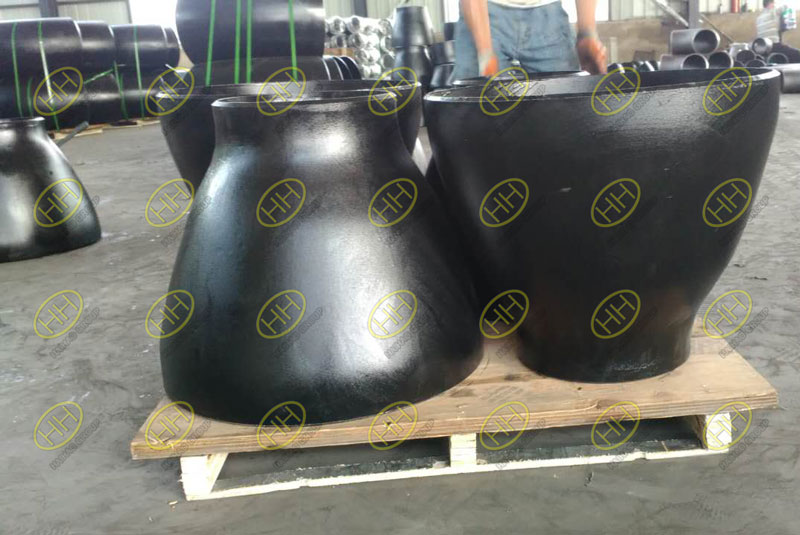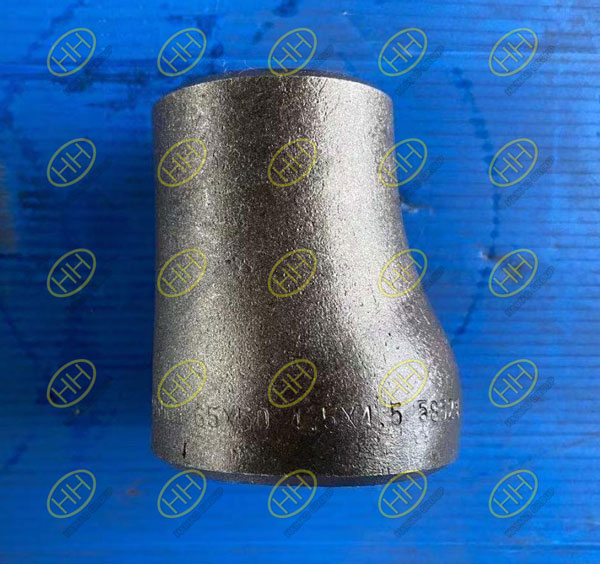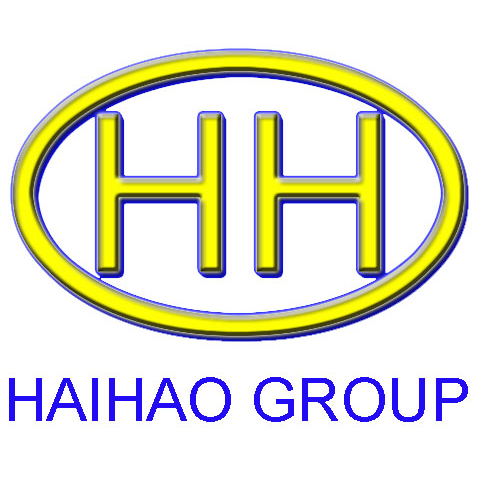The difference between concentric reducers and eccentric reducers
In the realm of pipe fittings, concentric and eccentric reducers play vital roles in pipeline systems. These two types of reducers serve distinct purposes and offer unique advantages depending on specific project requirements. Let’s explore the differences between concentric and eccentric reducers and learn how to make informed decisions in selecting the appropriate one for your pipeline needs.

ASTM A234 WPB concentric reducers
Concentric Reducer:
A concentric reducer is characterized by a symmetrical design, where the centerlines of both ends are aligned. It results in a reduction in pipe diameter while maintaining a straight and smooth transition. This type of reducer is widely used when there is a need to maintain an even flow and preserve the alignment of the pipeline. Concentric reducers are particularly suitable for applications where the change in pipe size does not affect the flow direction significantly. They are often preferred for liquid services or systems that require a balanced flow profile.

Eccentric Reducer BS1965 P265GH
Eccentric Reducer:
Unlike the concentric reducer, an eccentric reducer features an offset centerline between its two ends. This design results in an asymmetric reduction of pipe diameter and creates an eccentric cone shape. Eccentric reducers are commonly used in applications where there is a requirement to redirect the flow or prevent potential accumulation of gas or air pockets. They are ideal for systems that convey fluids with varying densities, slurries, or processes that involve draining condensate or wastewater.
Choosing the Right Reducer for Your Pipeline:
To determine whether to use a concentric or eccentric reducer, consider the specific characteristics of your pipeline system and the nature of the conveyed fluids. If maintaining an even flow and alignment is crucial, and the conveyed fluid is consistent in density and flow direction, a concentric reducer may be the better choice. On the other hand, if there is a need to redirect flow, avoid air or gas accumulation, or accommodate varying densities, an eccentric reducer is more suitable. Additionally, consider the space constraints and layout of the pipeline, as eccentric reducers may require more space due to their offset design.
At Haihao Group, we offer a wide range of high-quality pipe fittings, including both concentric and eccentric reducers, to cater to diverse project needs. Our products adhere to international standards, ensuring reliable and efficient pipeline solutions. For expert guidance in selecting the right reducer for your specific project requirements, contact our knowledgeable team. Together, we can create a seamless and efficient pipeline system that meets your goals and exceeds your expectations.

